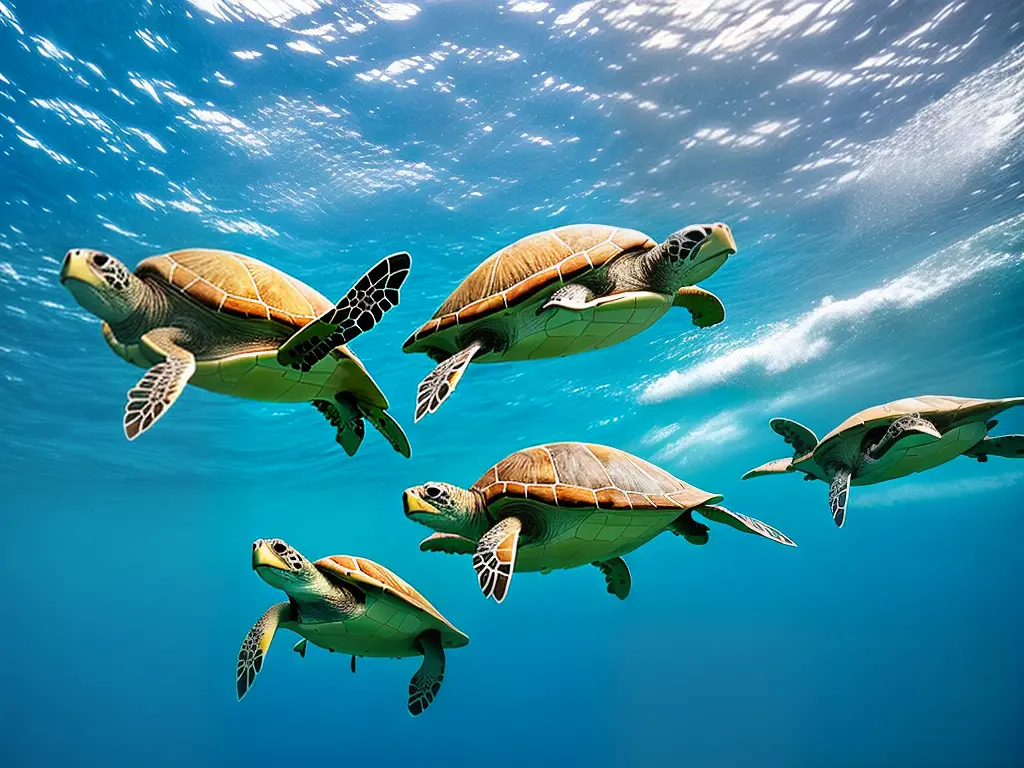An Intro to Amazing Aquatic Turtles and Their Swim Patterns
Turtles are some of the most fascinating creatures on Earth. They’ve been around for over 200 million years and have evolved to perfectly adapt to various environments. While all turtles share some similarities, each turtle species has its unique swimming style. Grab your snorkel, and let’s dive into the world of turtle swim patterns!
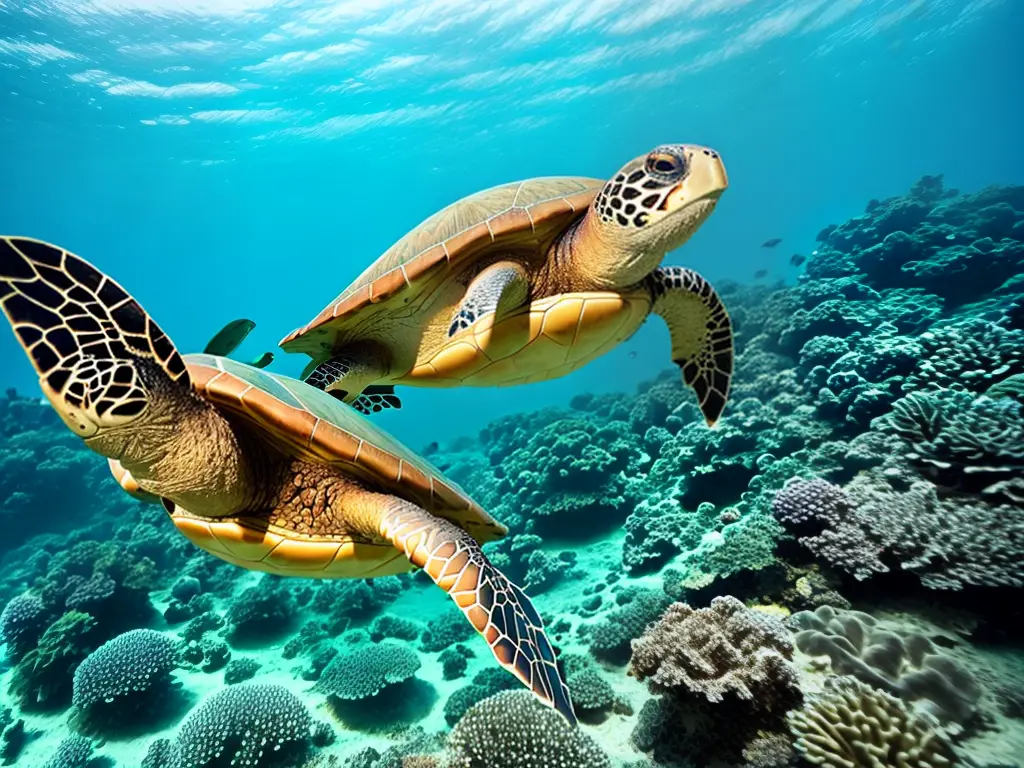
The Speedy Ones: Leatherbacks and Loggerheads
When it comes to swimming fast, the Leatherback and Loggerhead turtles are the superheroes of the ocean. These turtles have powerful front flippers that can propel them through the water at speeds of up to 22 miles per hour! Leatherbacks are the largest of all turtles and can weigh more than 1,500 pounds. Loggerheads, on the other hand, are a bit smaller but still pack some serious swimming power.
Watch these incredible turtles in action, and you’ll see just how fast and graceful their movements are. They use their back flippers to steer and can make sharp turns and quick dives effortlessly.
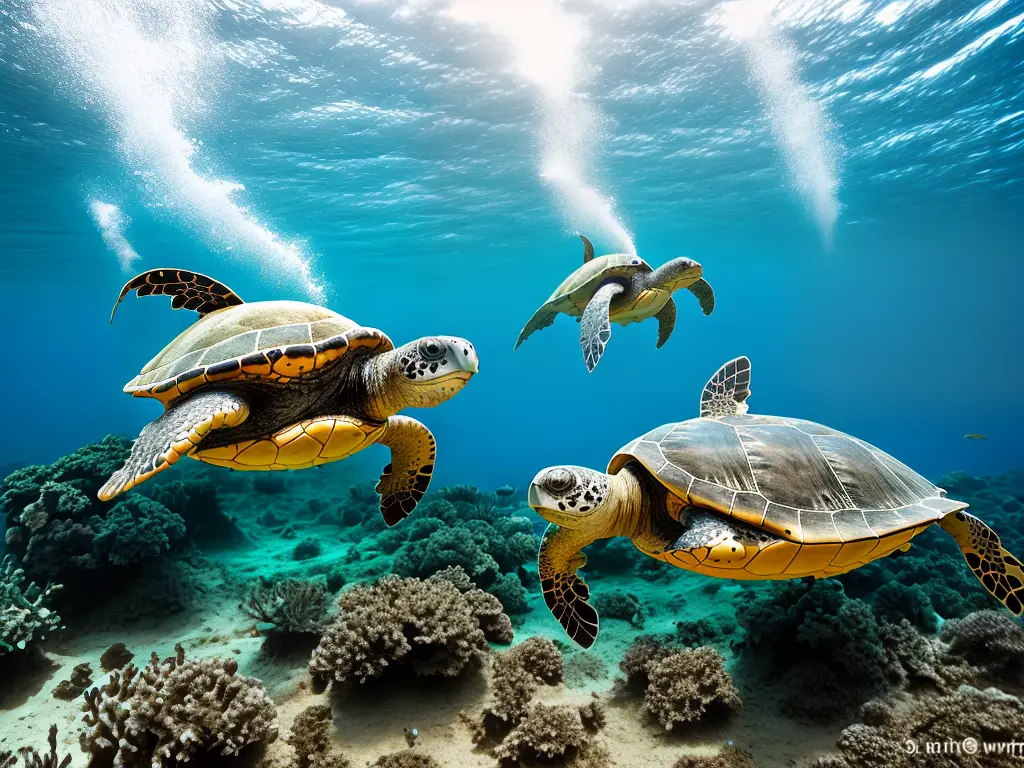
The Masters of Camouflage: Green Sea and Hawksbill Turtles
Green Sea and Hawksbill turtles might not be the fastest of the bunch, but they’ve mastered the art of camouflage. They prefer shallow waters near coral reefs or seagrass beds, where they can blend in perfectly with their environment.
Green Sea turtles glide slowly and gracefully through the water, calmly flapping their front flippers in sync. Hawksbill turtles, with their unique beak-like mouths, have a more staccato swimming style. They quickly flap their front flippers before gliding briefly, then repeating the action, almost like they’re dancing through the water!
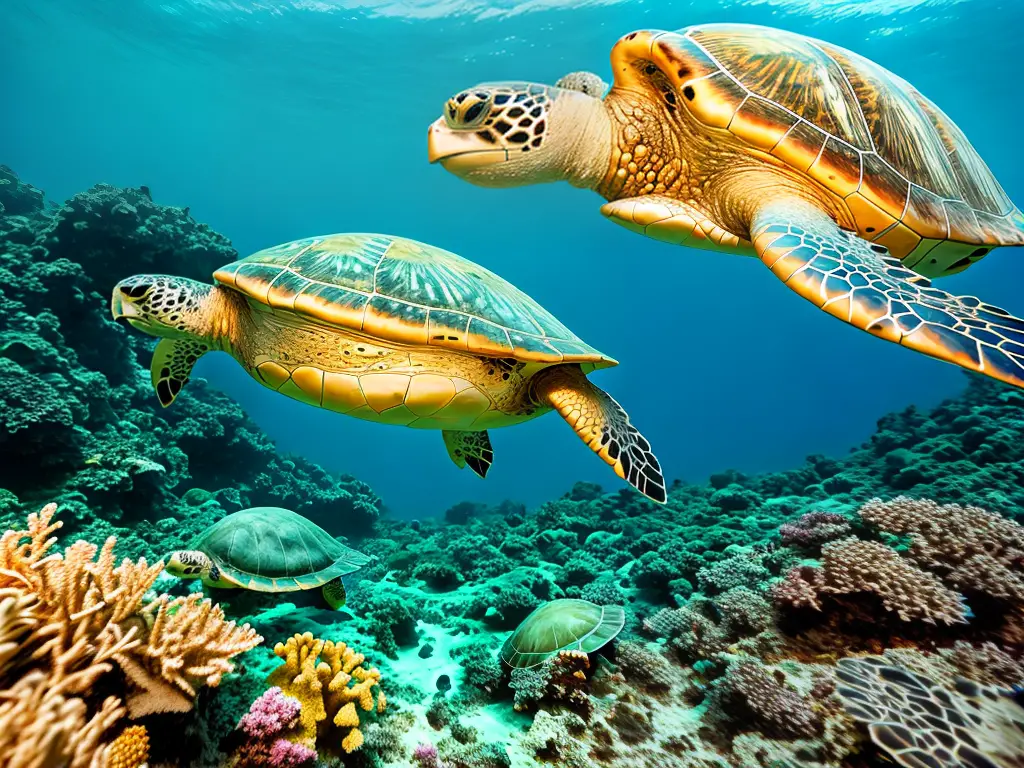
Adorable Little Dippers: Box and Diamondback Terrapin Turtles
Let’s move on to the adorable Box and Diamondback Terrapin turtles. These cuties prefer freshwater environments like ponds, rivers, and marshes. Box turtles have dome-shaped shells that look like little houses and stocky legs adapted for walking on land. Diamondback Terrapins, on the other hand, have beautiful diamond-shaped patterns on their shells and are true underwater fashionistas!
Both these turtle species are not the strongest swimmers, but they still have a unique swim pattern. They paddle gently with their feet and use their back legs to steer while fully submerged, staying close to the bottom of the water body.
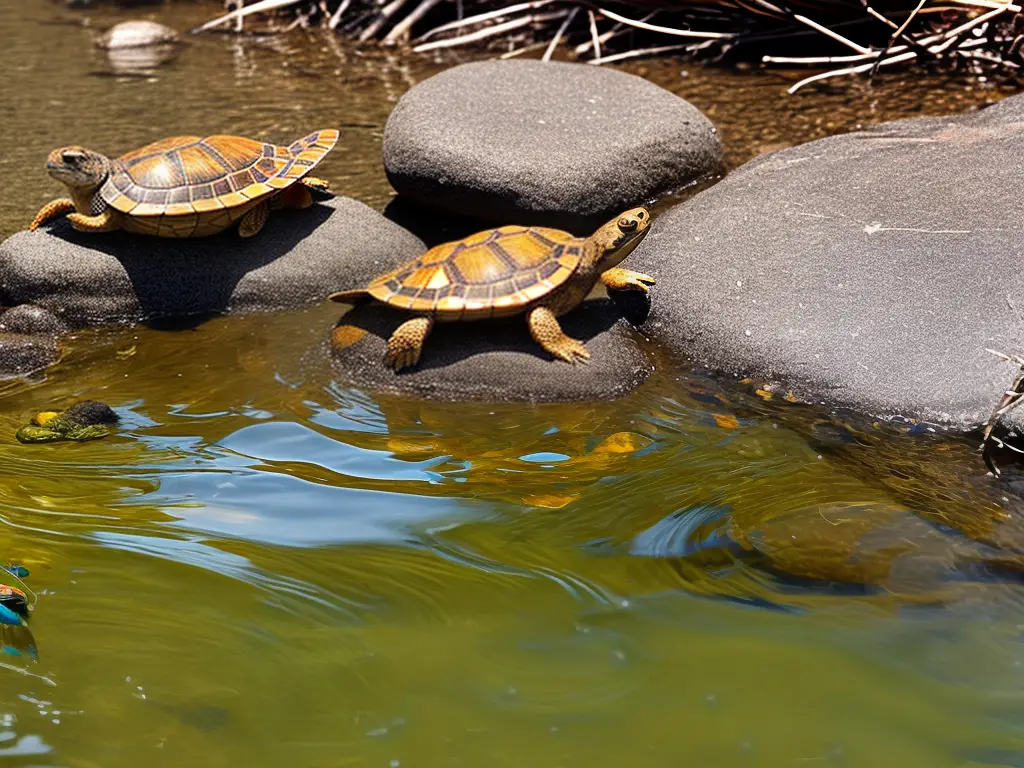
Living Fossils in Action: Snapping Turtles
Snapping turtles are like living fossils, having been around for millions of years! These ancient-looking creatures have massive heads, strong jaws, and long tails. They usually like to hang out at the bottom of lakes, rivers, or ponds, hidden in the mud or debris.
Snapping turtles are not big swimmers, but when they do swim, it’s awe-inspiring. They propel themselves using their large front flippers while keeping their hefty tail and back legs still. This swimming style allows them to sneak up on their prey without making a sound and gives them an air of mystery.
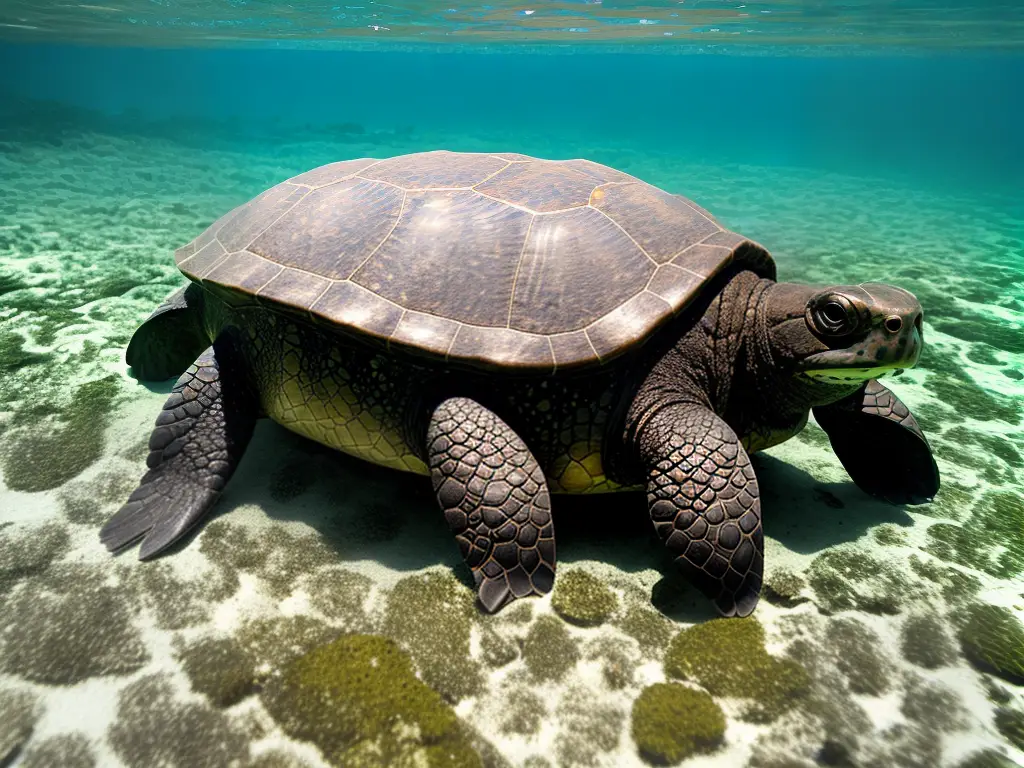
Trivia Time: Is the Tortoise a Turtle?
Did you know that tortoises are actually part of the turtle family? However, they’re not excellent swimmers and prefer to stay on land. These slow-moving creatures have short, thick legs for walking, and they love to munch on plants. So, while they might not have a fascinating swimming style like their aquatic cousins, they’re still an essential part of the turtle world!
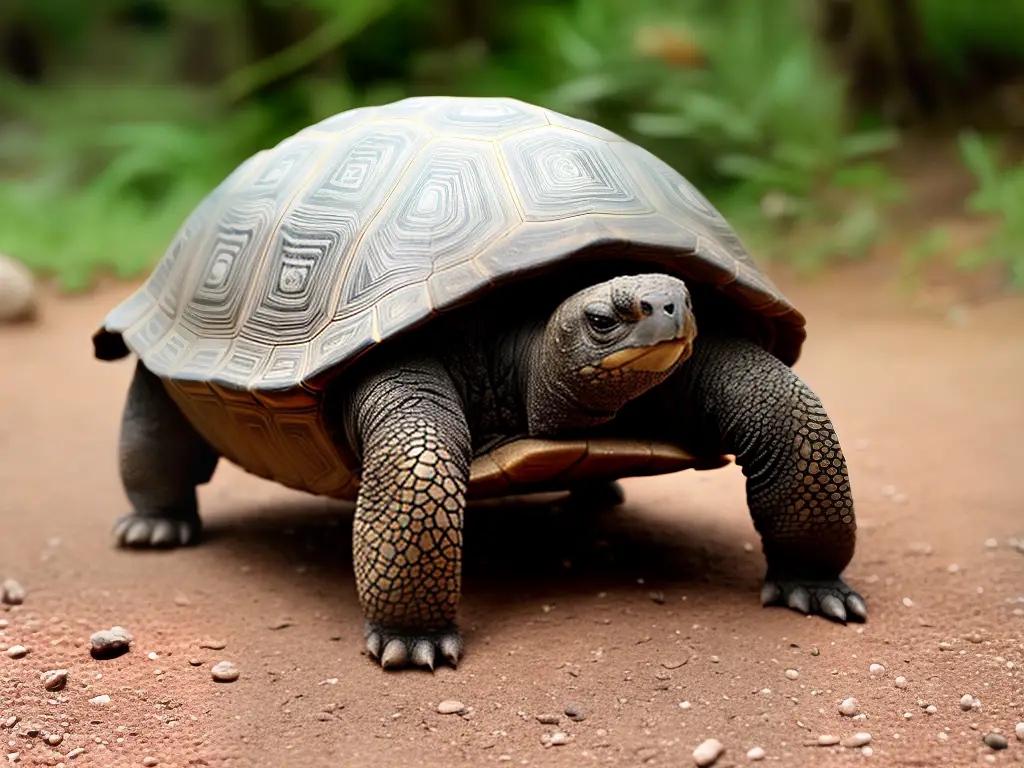
Conclusion: The Remarkable World of Turtle Swim Patterns
In conclusion, turtles are truly remarkable creatures with unique swim patterns. From the fast and powerful Leatherbacks and Loggerheads to the graceful Green Sea and Hawksbill turtles, these animals have adapted to their environments in extraordinary ways. So, the next time you see a turtle swimming in the wild, take a moment to appreciate their particular style and the vast diversity of life on our planet.
